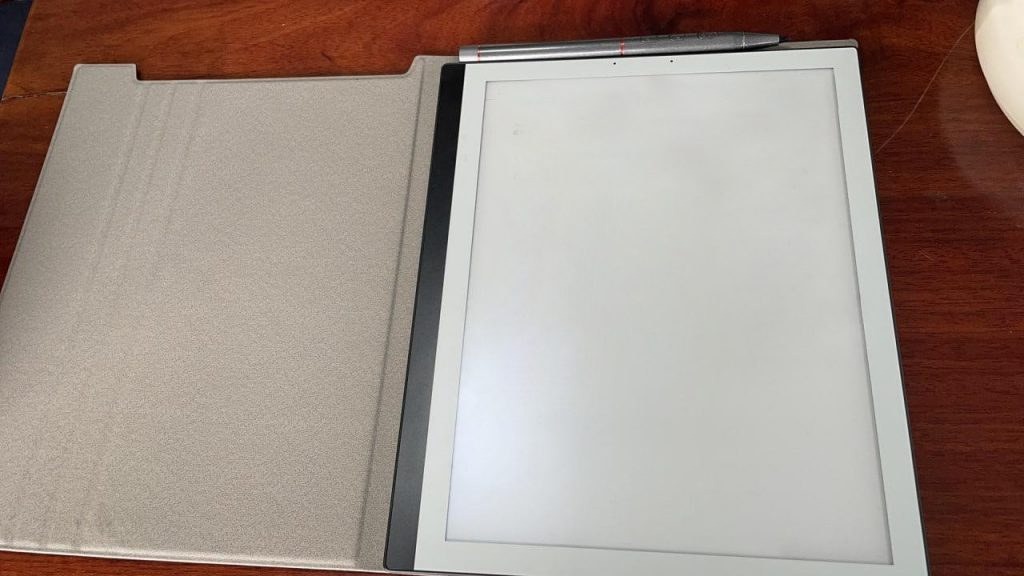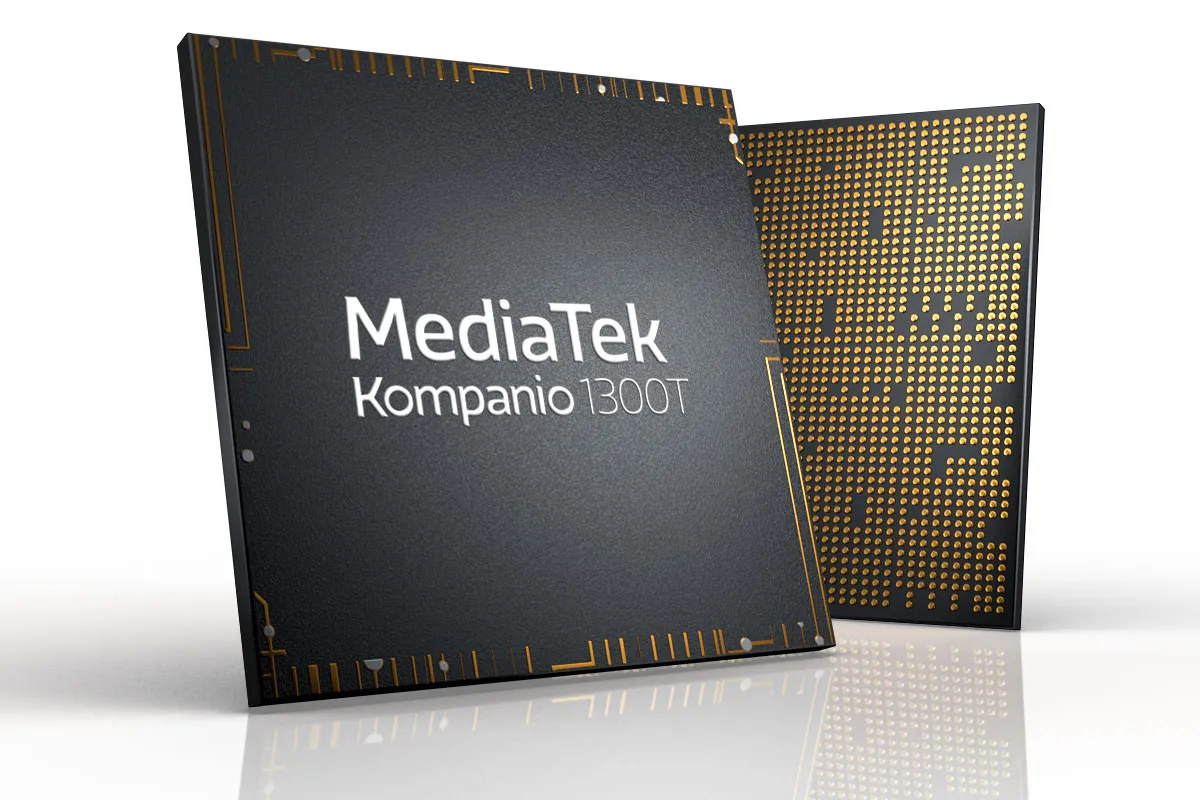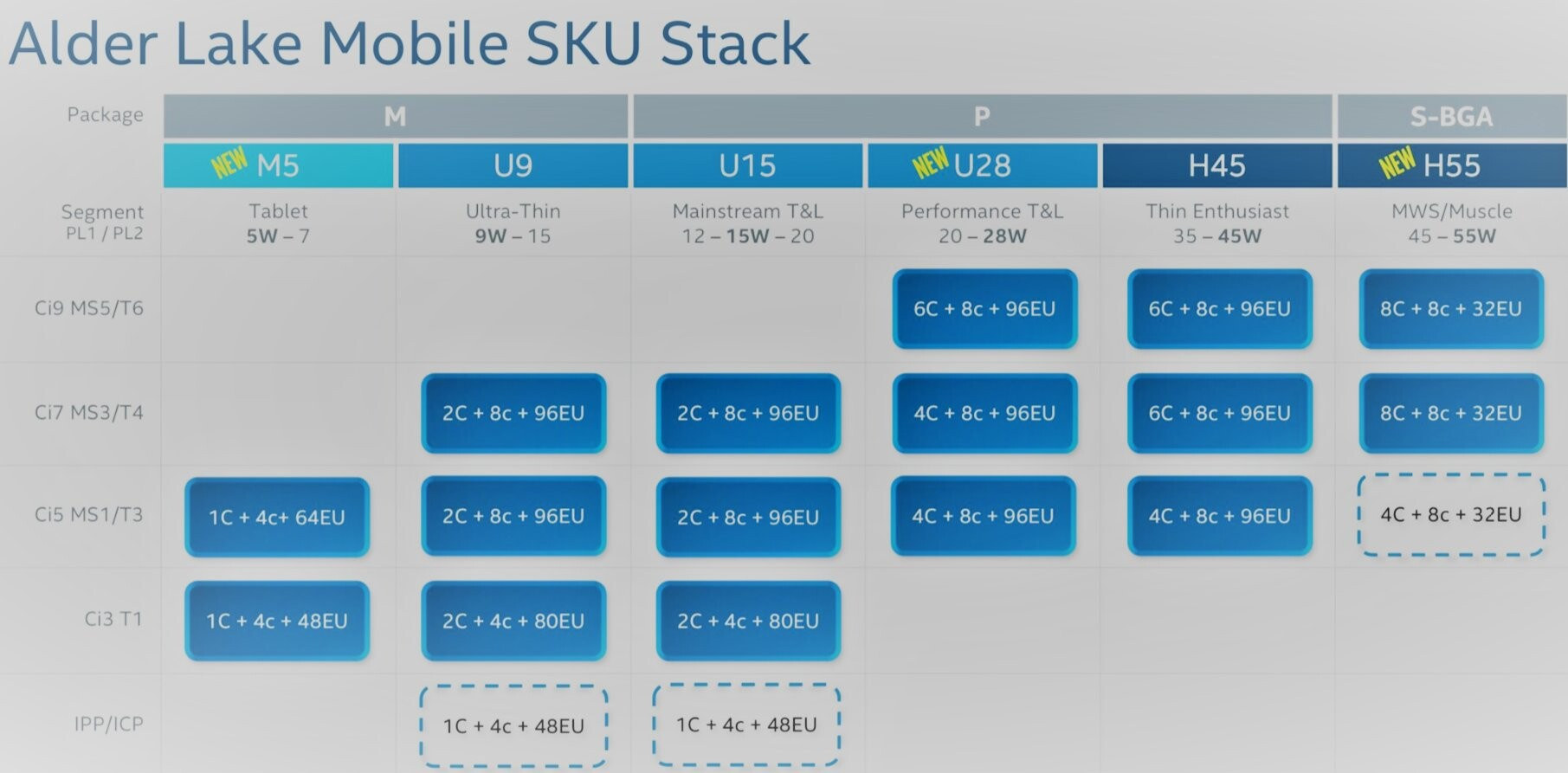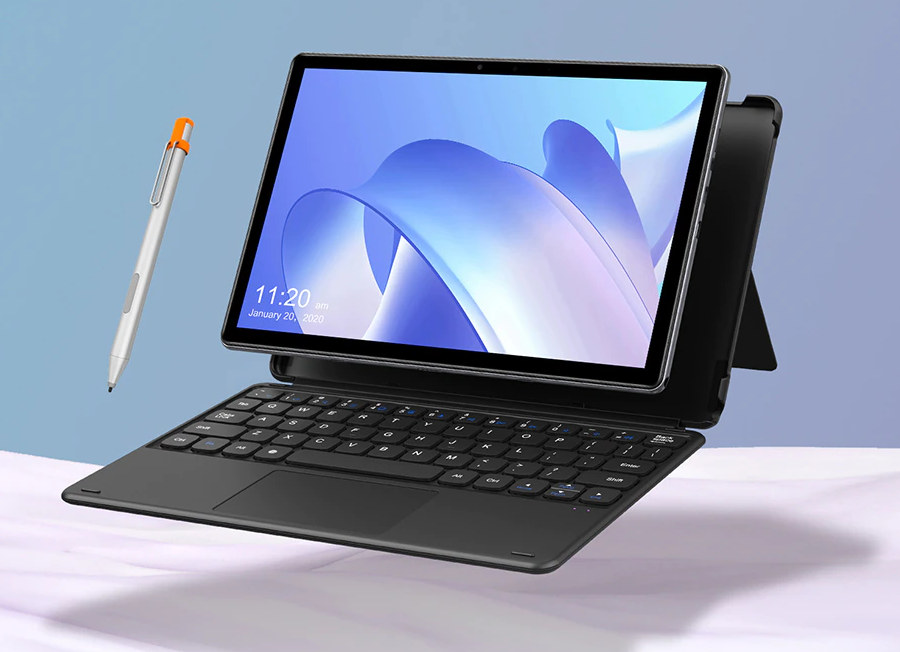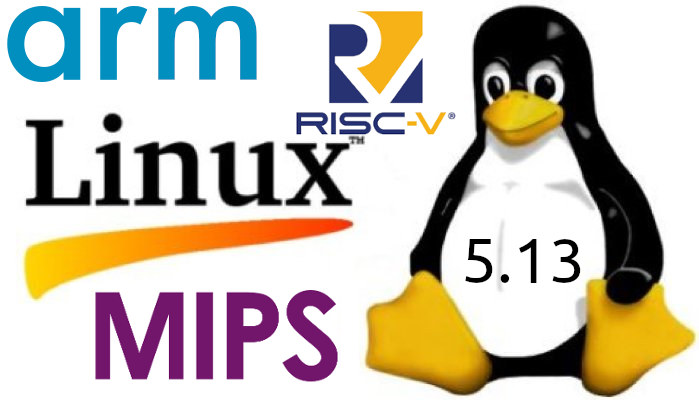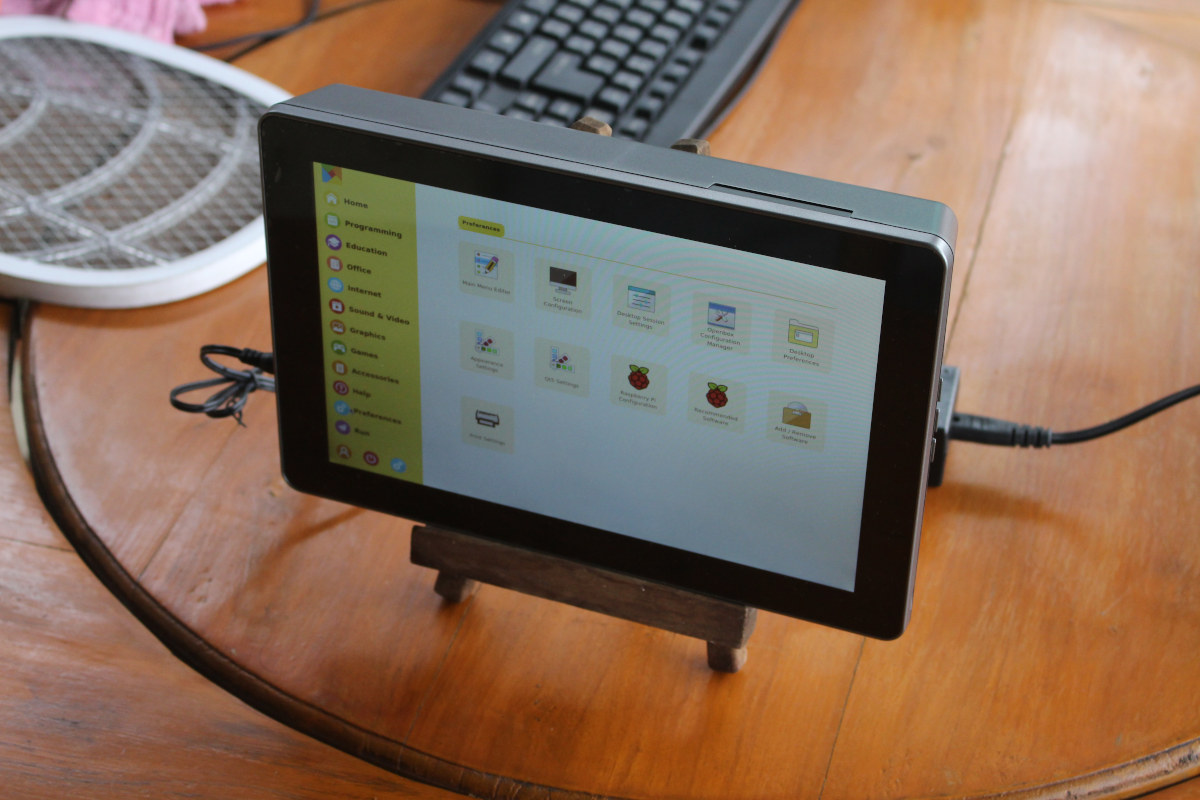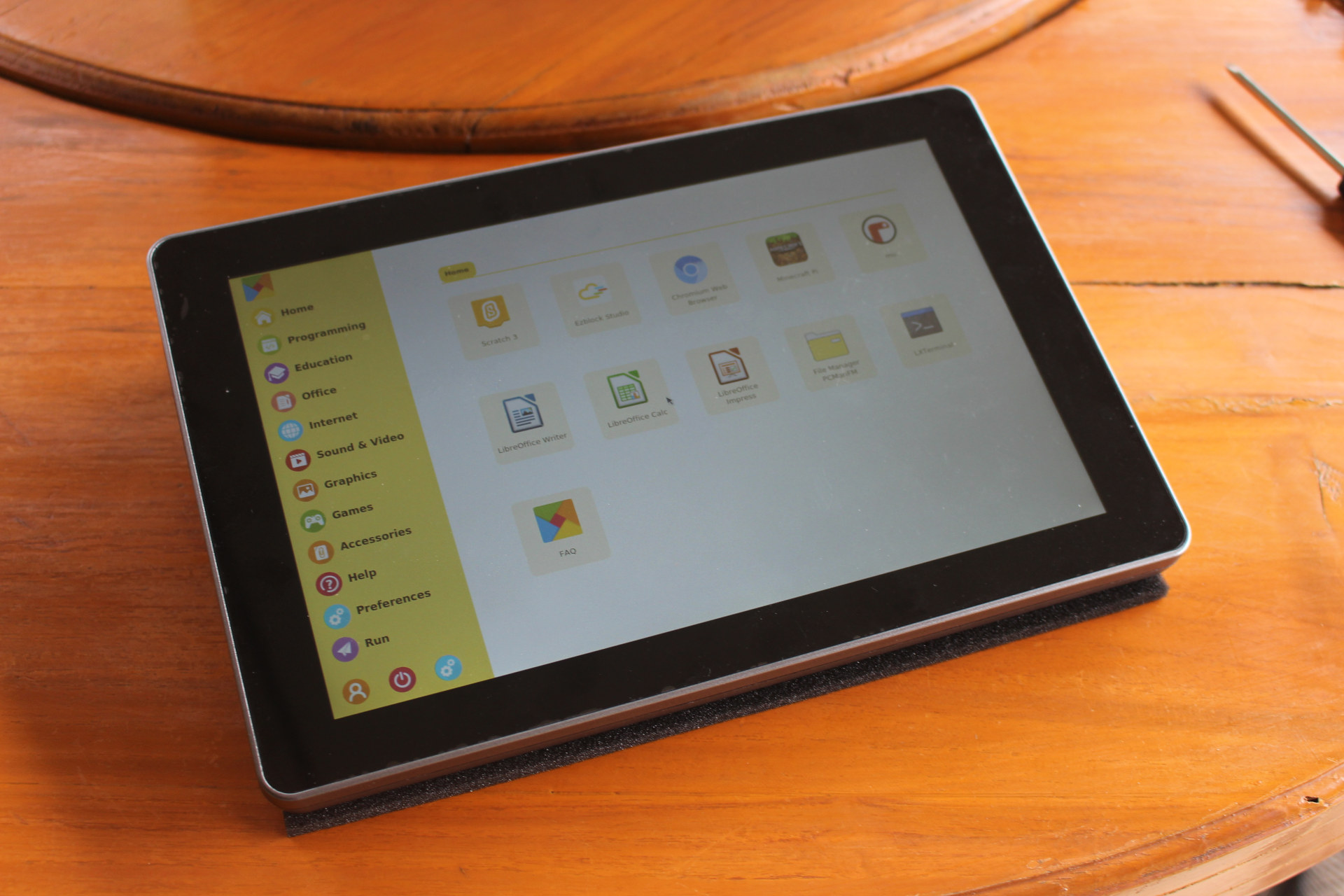Android 12 was only released in October 2021 and Google has already released the first developer preview of Android 13 with better privacy and security, efforts to improve developer productivity, and more work on better support for larger screens like tablets or Chromebooks building on the work done on Android 12L. Android 13 privacy and security features Google announces two new features related to privacy and security: Photo picker and APIs – Android 13 adds a system photo picker to share both local and cloud-based photos securely. Apps can use the photo picker APIs to access shared photos and videos without needing permission to view all media files on the device. So if an app just needs to access photos or videos, there’s no need to request full storage access. The photo picker will also be brought to through Google Play system updates on devices running Android 11 and higher, […]
PineNote is a community supported 10.3-inch e-Reader based on Rockchip RK3566 SoC
We’ve covered several e-readers in the past, but the PineNote 10.3-inch e-reader will be a bit different, as the hardware & software will be entirely developed by the community like other Pine64 platforms such as Pinebook Pro, PineCone, Rock64 single board computer, etc… Based on the Rockchip RK3566 quad-core Cortex-A55 processor, PineNote will be one of the fastest e-readers on the market, and leverage the code already written for Quartz64 single board computer, including mainline Linux support. PineNote (preliminary) specifications: SoC – Rockchip RK3566 quad-core A55 processor with Mali-G52 EE GPU, 0.8 TOPS NPU (AI accelerator) System Memory – 4GB of LPDDR4 RAM Storage – 128GB eMMC flash Display – 10.3-inch panel with 1404×1872 resolution (227 DPI), 16 levels of grayscale, front light with cool (white) to warm (amber) light adjustment, capacitive glass layer for finger touch-based input, and a Wacom electromagnetic resonance layer (EMR) for EMR pen input. There’s […]
MediaTek Kompanio 1300T processor is made for 5G tablets
MediaTek has launched several 5G mobile SoCs for smartphones in recent years, but with Kompanio 1300T Cortex-A78/A55 processor the company is targetting 5G tablets specifically. As we’ll see below MediaTek Kompanio 1300T specifications are quite similar to the ones for Dimensity 1100 processor, except for support for slightly higher resolution displays up to 2560×1600 @ 120 Hz or 2560×1440 @ 144Hz, instead of 2520 x 1080 @ 144Hz. MediaTek Kompanio 1300T processor specifications: Octa-core CPU 4x Arm Cortex-A78 cores 4x Arm Cortex-A55 cores GPU – Arm Mali-G77 MC9 AI accelerator – MediaTek APU 3.0 VPU Video Playback – H.264, H.265 / HEVC, VP-9, AV1 Video Encoding – H.264, H.265 / HEVC MediaTek HyperEngine 3.0 gaming technologies Memory – Up to 16GB LPDDR4x @ 2133 MHz Storage – UFS 3.1 Display – Up to 2560 x 1440 up to 144 Hz, 2560×1600 up to 120 Hz Camera Up to 32MP + […]
Intel Alder Lake hybrid mobile processor family to range from 5W to 55W TDP (leak)
Intel’s first foray into hybrid processors using Foveros 3D stacking technology did not end well with the company just announcing the end of the life for Lakefield hybrid processors. But the company is not giving up on hybrid technology, and a recent leak shows the Intel Alder Lake family comprised of more powerful mobile hybrid processors will be offered for a wide range of applications from tablets with 5-7W M5 processors and up to “muscle laptops” or mobile workstations (MWS) with H55 processor at 45-55W TDP. Alder Lake hybrid processors will be comprised of high-performance CPU “Golden Cove” cores and energy-efficient Atom-based “Gracemont” CPU cores, in a way that’s similar to Arm’s Cortex-A7x big cores and Cortex-A5x LITTLE cores with big.LITTLE or DynamIQ processing with the goal of optimizing power consumption. The Intel Alder Lake Mobile SKU stack includes processors for 6 market segments including three “new” segments/TDP ranges according […]
Chuwi Hi10 Go Jasper Lake Tablet launched for $288 and up
Chuwi Hi10 Go is a Windows 10 tablet powered by a Jasper Lake processor, namely a Celeron N4500, and equipped with a 10.1-inch Full HD display, 6GB RAM, and 128GB of storage that is currently sold on Aliexpress for $288 and up with shipping expected to start in August 2021. Last April, we wrote about a Jasper Lake Mini PC by Newsmay Technology, and at the time, we were told mass production would go ahead on May 10th, but there have been delays, and Chuwi Hi10 Go appears to be one of the very first Jasper Lake devices to be available to consumers. Chuwi Hi10 Go tablet specifications: SoC- Intel Celeron N4500 dual-core processor @ 1.1GHz-2.8GHz with Intel UHD Graphics @ 350-750MHz; 6W TDP System Memory – 6GB LPDDR4X Storage – 128GB eMMC flash, MicroSD card socket Display – 10.1-inch touchscreen IPS display with 1920×1200 resolution, 16:10 aspect ratio Video […]
Linux 5.13 Release – Notable changes, Arm, MIPS and RISC-V architectures
Linus Torvalds has just announced the release of Linux 5.13: So we had quite the calm week since rc7, and I see no reason to delay 5.13. The shortlog for the week is tiny, with just 88 non-merge commits (and a few of those are just reverts). It’s a fairly random mix of fixes, and being so small I’d just suggest people scan the appended shortlog for what happened. Of course, if the last week was small and calm, 5.13 overall is actually fairly large. In fact, it’s one of the bigger 5.x releases, with over 16k commits (over 17k if you count merges), from over 2k developers. But it’s a “big all over” kind of thing, not something particular that stands out as particularly unusual. Some of the extra size might just be because 5.12 had that extra rc week. And with 5.13 out the door, that obviously means […]
RasPad 3 Review – Part 2: A Raspberry Pi 4 mini PC with integrated display
I started RasPad 3 review last week with an unboxing of the tablet shell for Raspberry Pi 4, together with assembly instructions, and a first boot after flashing Raspad OS to the system. In the first part of the review, I mentioned that I’d probably focus the remainder of the review on Ezblock Studio visual programming IDE, as the rest of the software is almost the same as using a standard Raspberry Pi 4, the other difference being the touchscreen-friendly RasPad launcher. But Sunfounder explained to me it would be hard to check out Ezblock as it’s designed to control robots and other hardware platforms, and requires an extra HAT (see Kickstarter campaign) to allow the Ezblock APP to connect through Bluetooth (it cannot be directly linked to Raspberry Pi through the built-in Bluetooth). Here’s an example of a robot that is compatible with Ezblock Studio: Picar-X. Finally, I was […]
RasPad 3 Review – Part 1: Raspberry Pi 4 “tablet” specs, unboxing and assembly
RasPad tablet kit for Raspberry Pi 3B+ and other SBC’s was introduced in 2018, but Sunfounder has recently introduced an update, RasPad 3 that supports the more powerful Raspberry Pi 4 SBC. After seeing my review of CrowPi2 Raspberry Pi 4 education laptop, the company asked me whether I’d be interested in reviewing Raspad 3 as well. So here we are, and I’ve received a sample of the tablet kit. As usual, I’ll do a two-part review, with unboxing and assembly of the kit. Since I previously missed the RasPad 3 announcement, I’ll start by listing some of the specifications. RasPad 3 specifications Compatible board – Raspberry Pi 4B with Broadcom BCM2711 quad-core Cortex-A72 processor, up to 8G RAM Storage – MicroSD card socket Display – 10.1-inch touchscreen IPS display with 1280×800 resolution, 10-point touch Video Output – Full-size HDMI output Audio – 3.5 mm headphone jack, stereo speaker Connectivity […]


